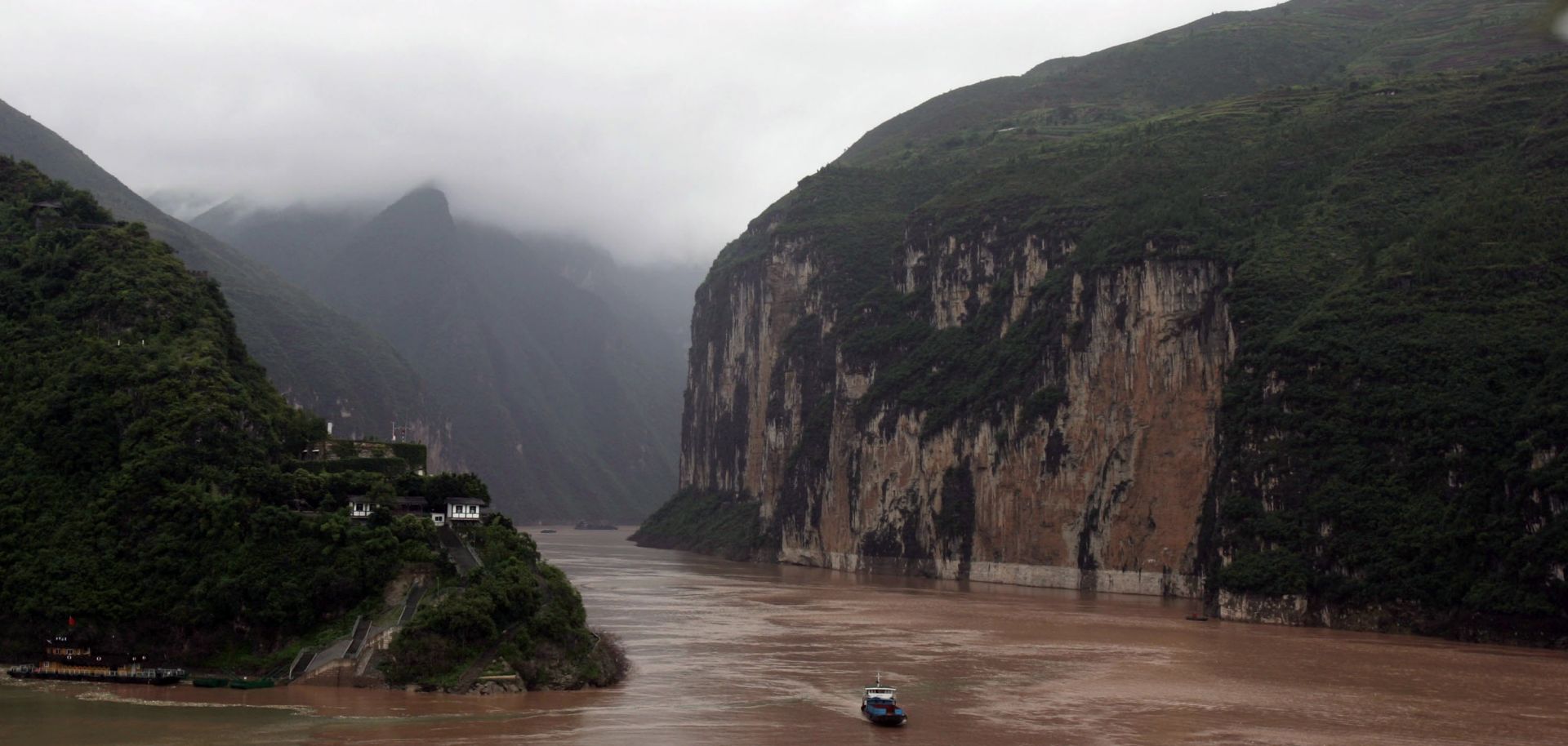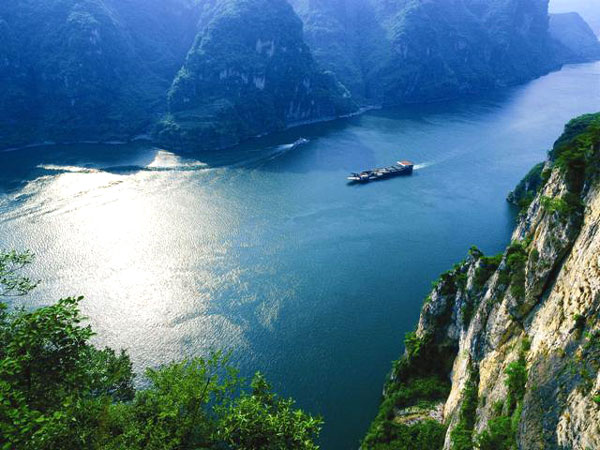Yangtze River Vital Role

The Yangtze River: A Yangtze River Vital Role in China’s Environment
China, with its rich history, diverse culture, and vast landscapes, is home to some of the world’s most remarkable natural wonders. One of these wonders, the mighty Yangtze River, holds a special place in the hearts of the Chinese people. Often referred to as the “Mother River,” the Yangtze is not just a geographical entity but a lifeline for the nation. In this article, we will delve into the reasons why the Yangtze River is Yangtze River vital role in China’s environment, exploring its ecological significance, economic importance, and the challenges it faces in terms of environmental sustainability.
The Yangtze River vital role in China
The Yangtze River, or Chang Jiang in Chinese, is the longest river in Asia and the third-longest in the world, after the Nile and the Amazon. It stretches over 6,300 kilometers (3,915 miles) from its source in the Tibetan Plateau to its delta at the East China Sea. Its vast watershed covers approximately 1.8 million square kilometers, encompassing multiple provinces and regions in China.
The Ecological Significance of the Yangtze
One of the primary reasons the Yangtze River vital role in China’s environment is its exceptional ecological significance. The river and its basin are home to a rich diversity of flora and fauna, including several endangered and endemic species. Here are some significant characteristics of its economic significance:
1. Biodiversity: The Yangtze River basin supports an impressive array of wildlife, including the iconic Chinese river dolphin, also known as the Baiji, which regrettably is functionally extinct. The river’s diverse ecosystems provide habitats for numerous fish species, birds, and other aquatic organisms.
2. Wetlands: The Yangtze River basin contains important wetland areas that serve as breeding and stopover sites for migratory birds. These wetlands are essential for maintaining avian biodiversity.
3. Unique Ecosystems: The upper reaches of the Yangtze traverse pristine, high-altitude ecosystems, including the Tibetan Plateau. These regions contribute to China’s freshwater supply, hosting the headwaters of several major rivers.
4. Natural Beauty: The scenic beauty of the Yangtze and its surroundings has long been a source of inspiration for poets, artists, and travelers. The river’s stunning gorges, terraced fields, and lush landscapes make it a vital cultural and natural asset.

Economic Significance: Navigating the Yangtze
Beyond its ecological importance, the Yangtze River is also a major economic artery for China. It has played a significant role in the nation’s development and continues to support various industries. Here are some key aspects of its economic significance:
1. Transportation: The Yangtze serves as a crucial transportation route, facilitating the movement of goods and people. It connects many of China’s major cities, making it an essential channel for trade and commerce.
2. Agriculture: The fertile plains along the river’s banks are some of China’s most productive agricultural areas. These regions produce a variety of crops, including rice, wheat, and tea, contributing significantly to the nation’s food security.
3. Hydropower: The Yangtze River is home to a series of massive hydropower projects, including the famous Three Gorges Dam. These projects generate a substantial portion of China’s electricity, reducing the nation’s reliance on fossil fuels and lowering greenhouse gas emissions.
4. Fisheries: The river and its tributaries support a thriving fishing industry, providing a vital source of income and sustenance for many local communities.
The Challenge of Environmental Sustainability
While the Yangtze River vital role in China’s environment and economy, it faces numerous environmental challenges. These challenges include pollution, habitat loss, overfishing, and the impact of dam construction. The Baiji, or Chinese river dolphin, serves as a poignant example of the environmental challenges facing the Yangtze. The Baiji’s decline and probable extinction were largely due to habitat degradation and pollution.
China recognizes the need for conservation and sustainable management of the Yangtze River. Efforts are underway to mitigate the environmental impact of large-scale infrastructure projects and reduce pollution levels. The goal is to strike a balance between economic development and environmental protection.
Preserving the Yangtze’s Unique Beauty
Preserving the Yangtze River’s unique beauty and ecological importance is a shared responsibility. Environmental organizations, government agencies, and local communities are working together to protect this valuable natural resource. Conservation efforts focus on restoring habitats, reducing pollution, and implementing sustainable fishing practices.
In conclusion, the Yangtze River is not just a geographical feature but a symbol of China’s natural and cultural heritage. Yangtze River vital role environment, economy, and culture cannot be overstated. As we look to the future, the importance of preserving the Yangtze’s ecological integrity becomes ever more critical. The Chinese people and the world at large have a role to play in safeguarding this remarkable river for generations to come.
Know More about Yangtze River.
What are The Religious Places of Yangtze River?
When Did The Yangtze River Basin Become a Focus?
Where is The Yangtze River Located?
Who Were The Key Historical Figures and Civilizations of The Yangtze River?
How to Reach Yangtze River?




